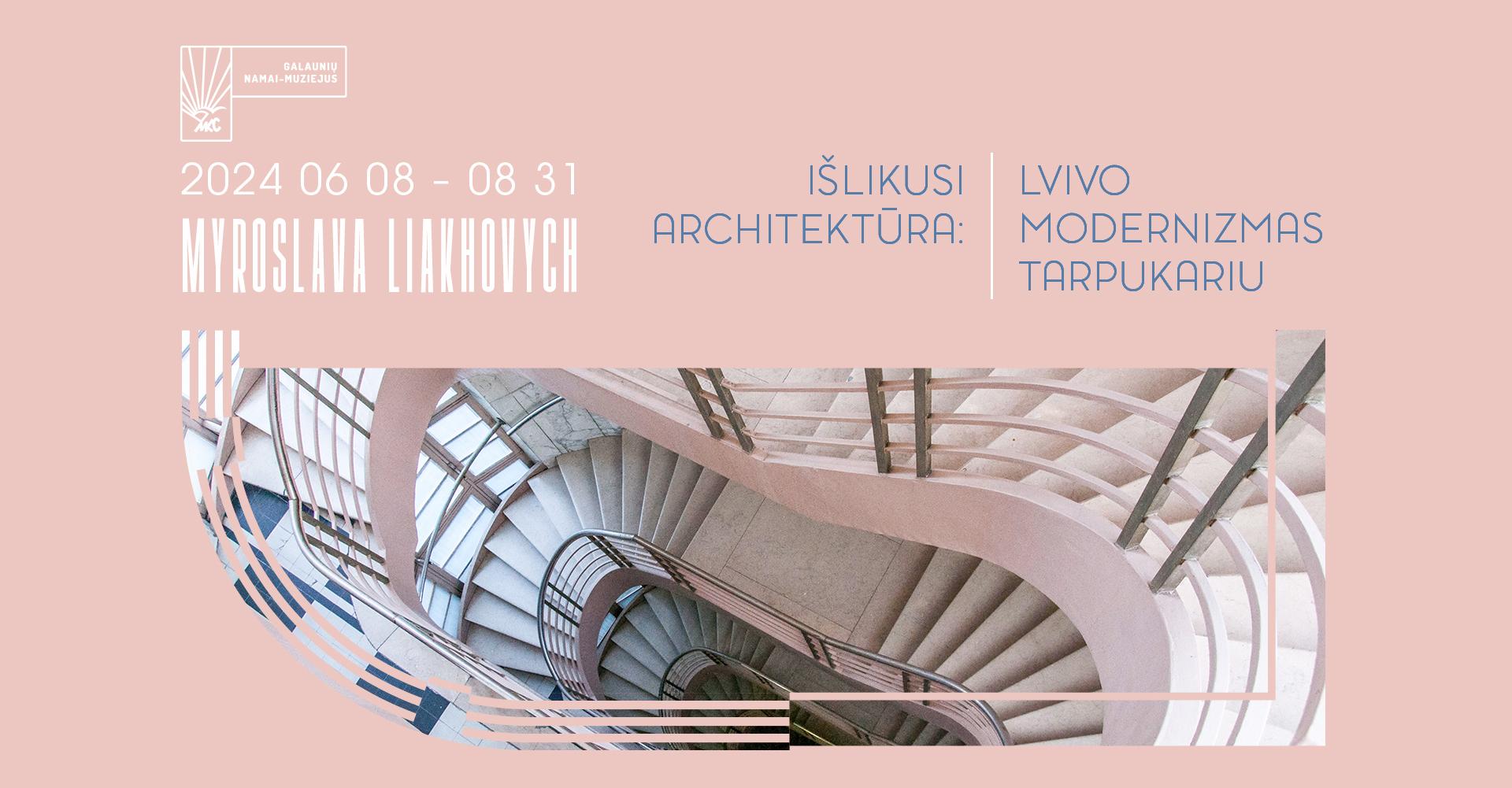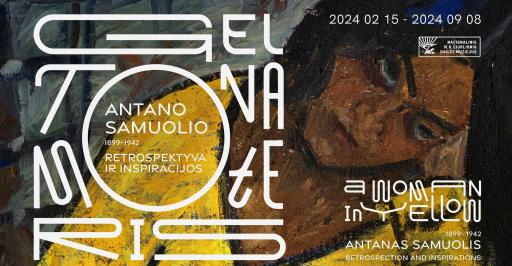
SURVIVED ARCHITECTURE: LVIV MODERNISM BETWEEN WARS
Exhibition SURVIVED ARCHITECTURE: LVIV MODERNISM BETWEEN WARS by architectural historian and photographer Myroslava Liakhovych. This exhibition shows several of the most prominent examples of Lviv modernism, from public to housing architecture.
It is fascinating how interwar modernist architecture embodied the hopes and dreams of people for a better life after the devastation of the First World War. This was particularly true for the newborn states in central-eastern Europe, such as the Second Polish Republic, which was founded in 1918. The city of Lwów (today’s Ukrainian city, Lviv) located in the eastern Polish borderlands, was the center of urban avant-garde experiments, which combined international style and local architectural approaches and truly captured the spirit of the time. In the 1920s and 1930s, the city’s multi-ethnic community was seeking to express itself and trying to find unity through modernist architecture. Many architectural projects – office buildings, schools, hospitals, workers' clubs, sacral buildings and housing – took shape in the city. In the 1920s, in Lviv prevailed art Deco style, often with neoclassical or historicist elements, but during the 1930s, the majority of buildings were built in functionalism and other modernist styles like international style or expressionism.
The mood in the city changed dramatically in the second half of the 1930s, with Europe slipping into the abyss of Nazism, totalitarianism and anti-Semitism and facing another world war, which erupted in September 1939. After the war, 90 % of the city’s population was lost: Polish people were resettled, Jewish - killed by the Nazis, and Ukrainian -deported or killed by the Soviets. Only buildings were left untouched, hiding the names and stories of forgotten people and the lost identity of the city within their walls. From February 24, 2022, air raid alarms, attacks, fear of death, and forced migration descended on Lviv again after almost a century. Full-scale Russian invasion leaves new layers on modernist buildings and, from time to time–destruction.
This exhibition shows several of the most prominent examples of Lviv modernism, from public to housing architecture. These buildings not only show architectural achievements of their time but also tell stories of architects and former or contemporary inhabitants. Besides photos, texts and archival drawings, you can also find videos made from 3d scans of Lviv modernist buildings. Scans were made together with sound records from the buildings and their surroundings.
Videos and scans were made in collaboration with Pan Hu and Meghan Rolvien(station+), ETH Zurich, SKEIRON 3D Scanning, and Kharkiv School of Architecture.
Organizers of the exhibition: Galaunė House-Museum, more information by phone: +370 672 807 67 or e-mail: [email protected]
Bilieto kaina: 5eu.
Taikomos nuolaidos:
Moksleiviai: 50%
Studentai: 50%
Senjorai: 50%
Moksleiviai: 50%
Studentai: 50%
Senjorai: 50%

